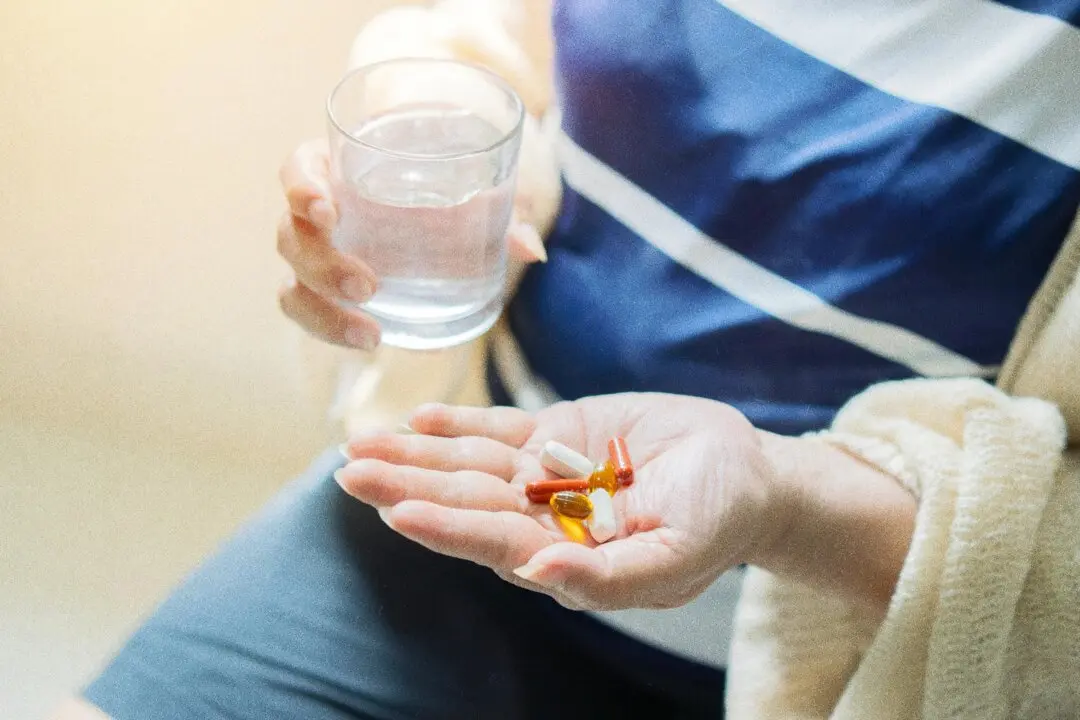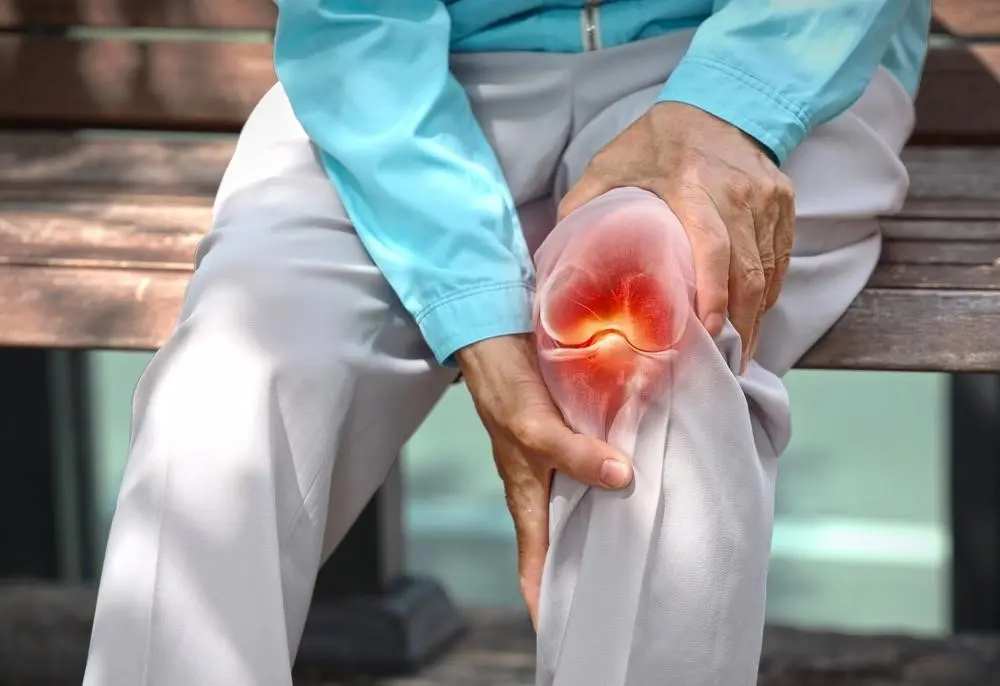Hot springs have long been treasured for their therapeutic benefits. Emerging from deep below the earth’s surface, hot springs offer a variety of healthful minerals. Some of the best hot springs in the world can be found on the island nation of Taiwan, thanks to its location at the confluence of two major tectonic zones.
With more than 100 hot springs, cold springs, mud springs, and seabed hot springs, Taiwan is the perfect place for a rejuvenating, therapeutic soak.





